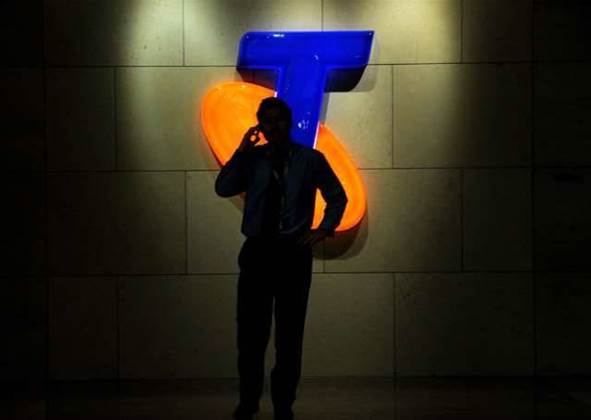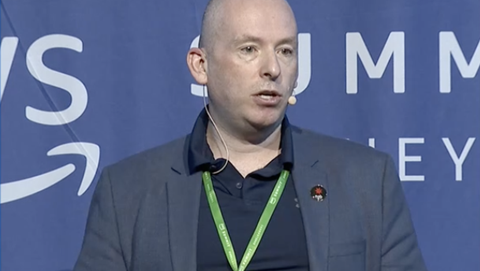Telstra is using artificial intelligence to predict equipment failures on its network, one of three use cases identified for AI in the telco.

Executive director of regulatory affairs Jane van Beelen said that Telstra is using AI and machine learning “to maximise the efficiency and effectiveness of Telstra’s network and to help our customers”.
One application of AI is in Telstra’s next gen operations support system (OSS), where it used to “analyse network data to provide actionable intelligence and insight into the current health of our network.”
“This allows, amongst other things, the reprioritisation of congested resources to minimise disruption to customers in the event of a network at risk event,” van Beelen said.
Also on the network side, van Beelen said Telstra had “recently introduced AI systems that assist with the identification, and prioritisation of capital expenditure programs across the network.”
“For example, AI can predict a battery failure in telecommunications equipment before it happens,” she said.
“This allows us to proactively replace batteries before they fail and impact customer service.”
The third use case was known - Telstra’s virtual assistant Codi - which van Beelen said “currently resides on Telstra.com, My Account and in the Telstra 24x7 app, and interacts with our customers to resolve simple issues and assist customers in purchasing new products.”
Codi is using a mix of technology by IBM and LivePerson, she said.
Van Beelen believed that the arrival of 5G would create further opportunities around AI use.
“On one hand advances in AI and machine learning facilitate network optimisation, predictive maintenance and automated correlation of data across multiple sources (including network planning data and key performance indicators),” she said.
“On the other, 5G networks will play an important role in harnessing the potential of AI.
“The core connectivity offered by 5G will be a catalyst in harnessing the potential of AI for Australian society by providing the increased capacity, continuity of service, low latency and higher bandwidths needed to support the various forms of AI.”
She indicated Telstra would draw upon existing data governance practices as it continued to move forward with AI use cases.
“For example, Telstra has already established a Big Data Risk Council (BDRC) consisting of cross-company representatives (including representatives from legal, privacy, cyber security and operations),” she noted.
“The BDRC plays a critical role in assessing the potential uses of big data and AI solutions to identify and analyse the risks of potential data use cases.
“As part of this assessment, the BDRC already implements tools and processes to bring the importance of data governance to the fore.
“This includes the use of impact assessments, internal review processes, risk assessments and mechanisms for monitoring and improving.”
Telstra is one of several large Australian organisations that this week agreed to test a new AI ethics framework created by the government to help inform the design, development and use of AI systems.


















.png&h=141&w=208&c=1&s=1)

